
dedlius
gamer level 6
6350 xp
6350 xp
followers
22
22
Use my invite URL to register (this will give me kudos)
https://boardgaming.com/register/?invited_by=dedlius
profile badges



recent achievements

The Gold Heart
Give 10 Gold Hearts to games that you love.
Give 10 Gold Hearts to games that you love.

Gamer - Level 6
Earn Gamer XP to level up!
Earn Gamer XP to level up!

Strategist
Submit 5 game strategies (a type of game tip) and get 20 positive ratings.
Submit 5 game strategies (a type of game tip) and get 20 positive ratings.

Tinkerer
Submit 5 house rules (a type of game tip) and get 20 positive ratings.
Submit 5 house rules (a type of game tip) and get 20 positive ratings.
Player Stats
Critic (lvl 3)
745 xp
745 xp
Explorer (lvl 2)
683 xp
683 xp
Professor (lvl 2)
548 xp
548 xp
Reporter (lvl 1)
176 xp
176 xp
About Me
I was raised to love board games. I grew up playing anything from Monopoly to Cosmic Encounter to Backgammon. When I was in high school, my father discovered the hobby underworld of boardgaming and introduced the family to titles like Settlers of Catan, Ticket to Ride, Mystery of the Abbey, and eventually moved on to games like Agricola.
About two years ago, I introduced my girlfriend (now wife) to the games that my family played and she was hooked. With the guarantee that I would always have someone to play with, my collection quickly grew from 3 to 40 games (and growing) in under two years.

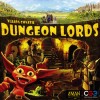




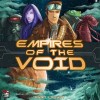


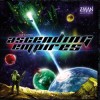

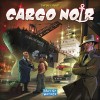
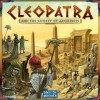
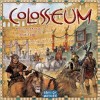








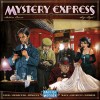







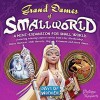
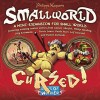


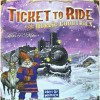
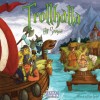

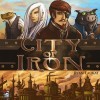







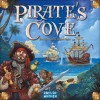





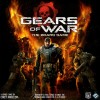

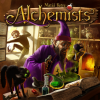

Mage Knight Board Game
Mage Knight took awhile to learn. Both the rulebook and the walkthrough are quite lengthy and detailed. There are a lot of rules and a lot of exceptions to rules.
The good news is all of these rules serve a purpose and all of them make the game more thematic. The result is one of the most masterful pieces of game design I have ever played.
The game also takes awhile to play. A solo game can take 2 hours and adding more players adds to the length of the game. Setting the game up and putting it away can also take quite some time.
Yet I cannot recommend a game highly enough. It is my favorite solo game. It provides a rich and engaging experience. It is highly thematic and offers a great challenge. There is some luck in your card draw and some dice rolling (for mana), but it is very much a game of skill. You must learn how to win. Even after you learn how to win, it is still a challenge to do so and is never a guarantee.
Each game feels very different and offers distinctly different challenges. Additionally, there are several different scenarios to play (and even more in the expansion) adding to the variety and replayability of the game.
There is no game I would rather play solo. This masterpiece is worth your time.